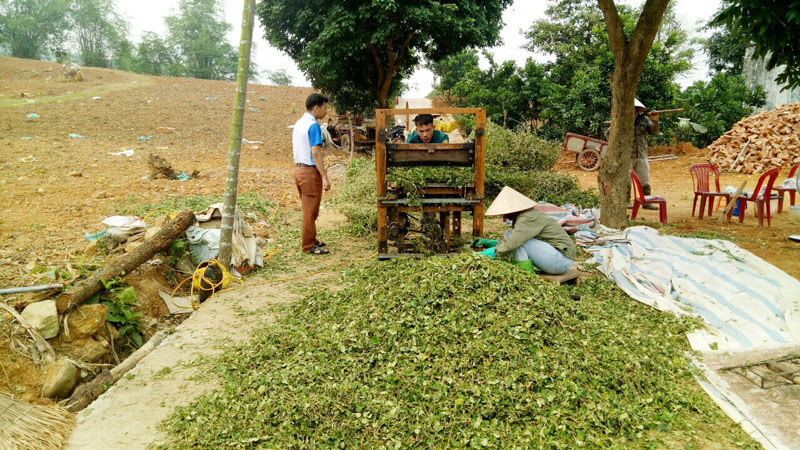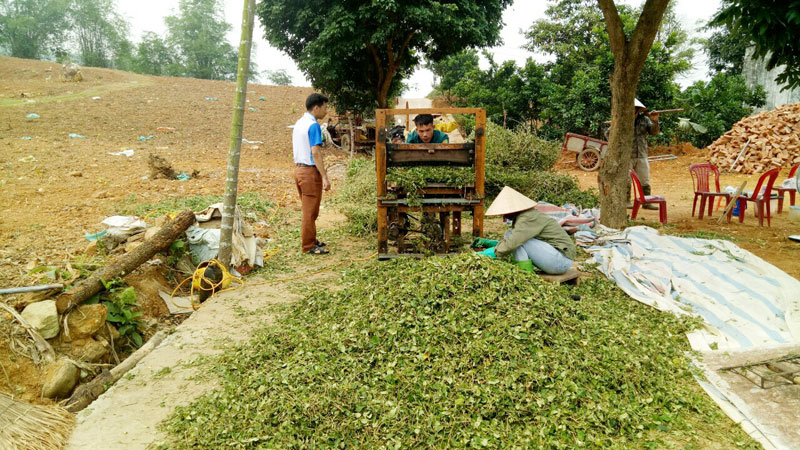Over the past years, the awareness and sense of responsibility of officials, Party members and residents in Ky Son district towards the new-style rural area building programme have improved considerably.
In 2018, the district mobilised about 24.1
billion VND (over 1 million USD) for the implementation of the national target
programme on new-style rural area building. That included over 11.4 billion VND
from the central budget, 10.56 billion VND from associated programmes’ funding,
and 2.12 billion VND donated by local residents.
With that funding, communes in Ky Son have
strived to meet the criteria for cultural, healthcare and educational
infrastructure. Many facilities like the electricity network, roads, schools,
clinics and cultural centres have been upgraded, giving a facelift to rural
areas.
Residents have joined hands in cleaning up roads
and dredging canals. They have also donated more than 14,180 sq.m. of land for
building roads and other rural infrastructure facilities.
Meanwhile, local communes have successfully
developed effective agricultural models like citrus tree, cucumber and cage
fish farming ones.
Ky Son district has actively carried out the
agricultural restructuring plan so as to boost the sector’s sustainable
development. In particular, it has promoted production-distribution
connectivity under value chains, attracted investment to rural areas, supported
the growth of the farm and collective economy, and assisted farmers to access
technical advances.
In 2019, the district chose three products under
the "One commune, one product” programme to boost production, namely bee honey,
cellophane noodles, and "dinh lang” (Polyscias fruticosa) wine.
As a result, improvements have been recorded in
the new-style rural area building. While the material and spiritual lives of
local residents have been improved, rural areas have gained a facelift. In
2018, the household poverty rate in Ky Son fell to 6.03 percent, and the
average per capita income in its nine communes reached 32 million VND./.



 The "ca gai leo” (Solanum procumbens) farming and processing
model in Phu Minh commune, Ky Son district, has generated high economic
effects.
The "ca gai leo” (Solanum procumbens) farming and processing
model in Phu Minh commune, Ky Son district, has generated high economic
effects.